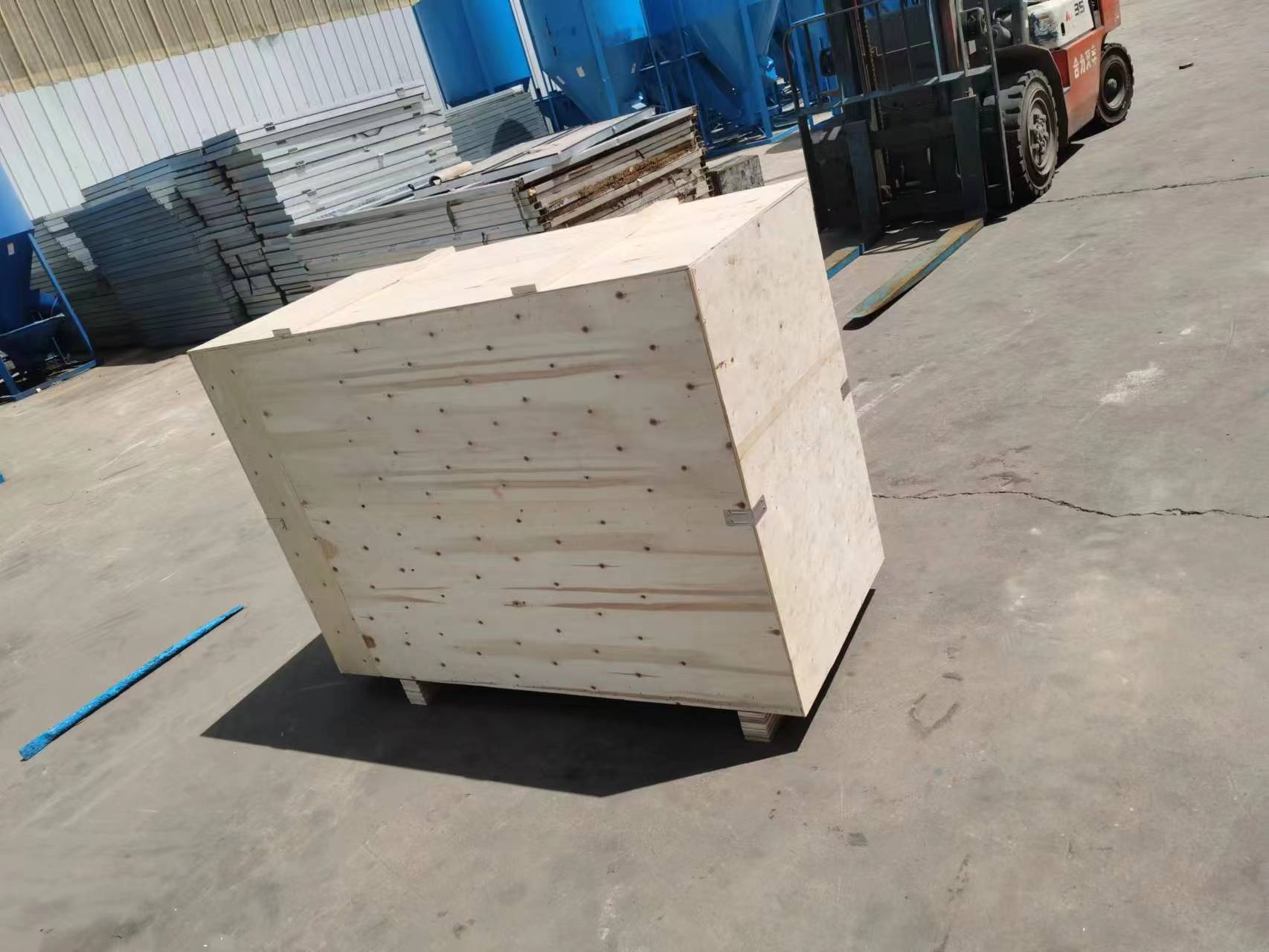Animal Feed Production Equipment for Efficient and Sustainable Processing Solutions
Οκτ . 16, 2024 17:20 Back to list
Animal Feed Production Equipment for Efficient and Sustainable Processing Solutions
The Importance of Animal Feed Processing Machines in Modern Agriculture
In today's modern agricultural landscape, ensuring the health and productivity of livestock is paramount. One of the critical components that directly impacts livestock health is the quality of animal feed. With the rising demand for high-quality animal products, such as meat, milk, and eggs, the need for efficient feed processing has never been more pronounced. This is where animal feed processing machines play a vital role.
Understanding Animal Feed Processing
Animal feed processing involves the transformation of raw agricultural commodities into nutrient-dense feed formulations suitable for various types of livestock. The process commonly includes grinding, mixing, pelleting, and sometimes coating to enhance the feed’s nutritional value and palatability. The machinery used in these processes must be efficient, reliable, and capable of producing high-quality feed that meets the nutritional requirements of specific animal species.
Types of Animal Feed Processing Machines
1. Grinding Machines These machines break down raw ingredients into smaller particles, making it easier for animals to digest the feed. Grinding increases the surface area of the feed, which enhances the absorption of nutrients during digestion.
2. Mixing Machines After grinding, ingredients must be thoroughly mixed to ensure that all nutrients are evenly distributed. High-quality mixing machines use advanced technology to achieve uniformity, preventing any nutrient deficiencies that could arise from improper mixing.
3. Pelleting Machines Pelleting is a crucial step in feed processing, where the mixed feed is compressed into pellets. This process not only improves the feed’s shelf life but also enhances its digestibility and reduces waste. Pelleted feed is often more palatable, encouraging animals to eat more efficiently.
4. Coating Machines In some cases, feed is coated with fats or other nutrients to improve its appeal and nutritional content. Coating machines ensure that the added ingredients adhere evenly to the feed pellets.
animal feed processing machine

5. Extrusion Machines Extrusion is an advanced processing method that cooks and shapes feed into specific forms, often used for pet food or specialized livestock feeds. This technique helps in enhancing the digestibility of the feed and ensures that animals receive balanced nutrition.
Benefits of Using Animal Feed Processing Machines
1. Improved Nutritional Quality Automated feed processing machines can precisely measure and mix ingredients, ensuring that the final product meets the specific nutritional needs of the target animals. This is especially important for high-producing livestock that require a consistent supply of nutrients.
2. Increased Efficiency With the use of advanced equipment, farmers can process large quantities of feed in a shorter amount of time. This efficiency reduces labor costs and operational expenses, allowing for better financial management in farming operations.
3. Enhanced Feed Palatability Machines designed for animal feed processing can produce feeds with improved textures and flavors, which encourages better consumption by livestock. Higher feed intake often translates into better growth rates and overall productivity.
4. Reduced Waste Effective feed processing techniques lead to less waste as animals consume more of the feed provided. The pelleting and extrusion processes, in particular, help reduce dust and fines, which are often discarded.
5. Customizable Formulations Modern feed processing machines allow farmers to create customized feed formulations tailored to the specific needs of their livestock. This can be particularly beneficial for mixed-species operations or when addressing specific health conditions.
Conclusion
In conclusion, animal feed processing machines are indispensable tools in contemporary agriculture, fundamentally transforming the way feed is produced and enhancing the health and productivity of livestock. As the demand for high-quality animal products continues to grow, investing in advanced feed processing technology will be crucial for farmers looking to stay competitive in the market. Embracing these innovations not only improves efficiency and profitability but also contributes to the overall sustainability of agricultural practices.
-
Automatic Feeding Line System - Anping Yize | Efficiency&Durability
NewsJul.29,2025
-
Automatic Feeding Line System - Anping Yize|Poultry Efficiency&Durability
NewsJul.29,2025
-
Automatic Feeding Line System-Anping County Yize Metal Products Co., Ltd.|Durable PP Material&Easy Maintenance
NewsJul.29,2025
-
Automatic Feeding Line System-Pan Feeder Nipple Drinker|Anping County Yize Metal Products Co., Ltd.
NewsJul.29,2025
-
Hot Sale 24 & 18 Door Rabbit Cages - Premium Breeding Solutions
NewsJul.25,2025
-
Automatic Feeding Line System Pan Feeder Nipple Drinker - Anping County Yize Metal Products Co., Ltd.
NewsJul.21,2025






